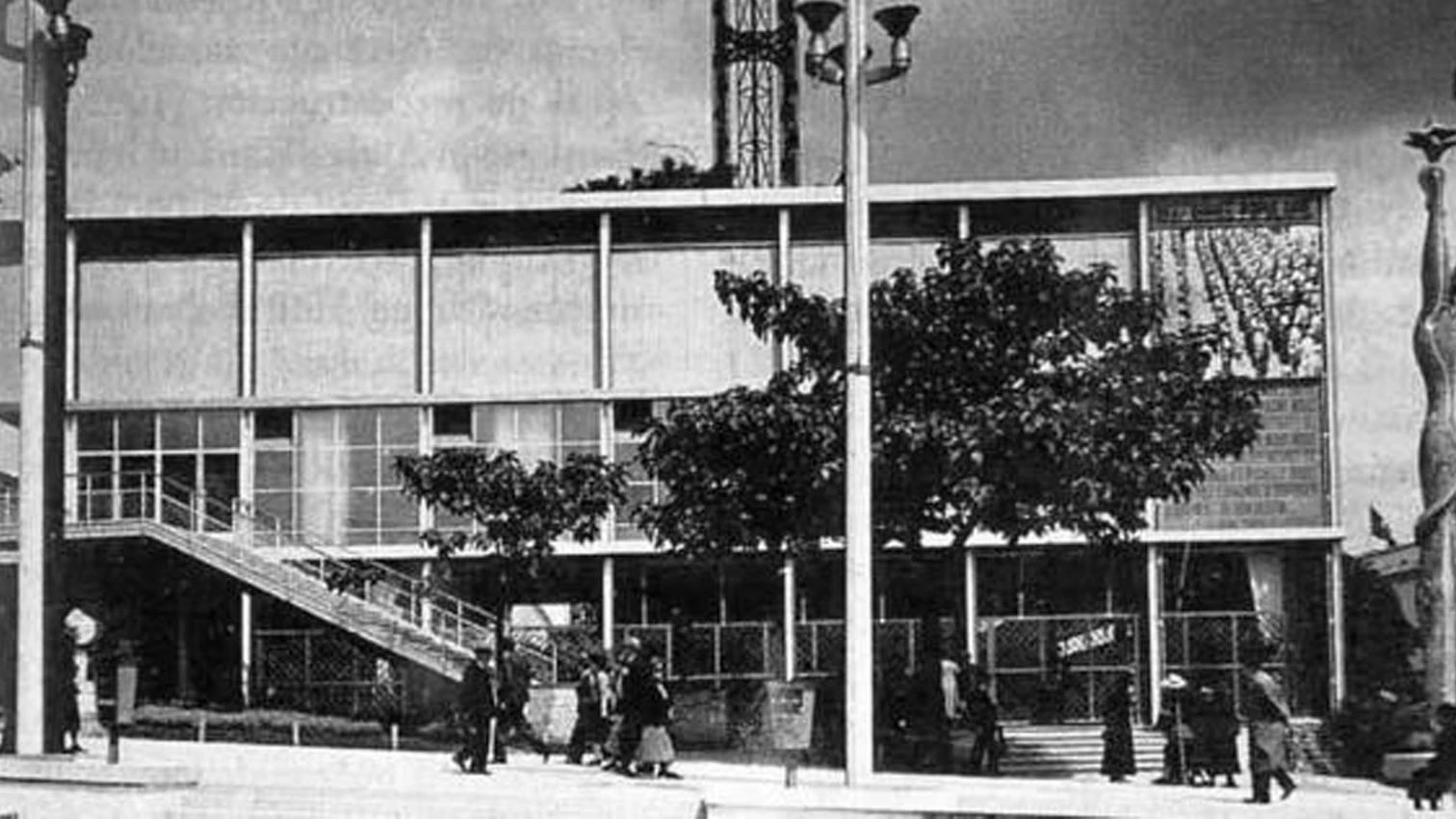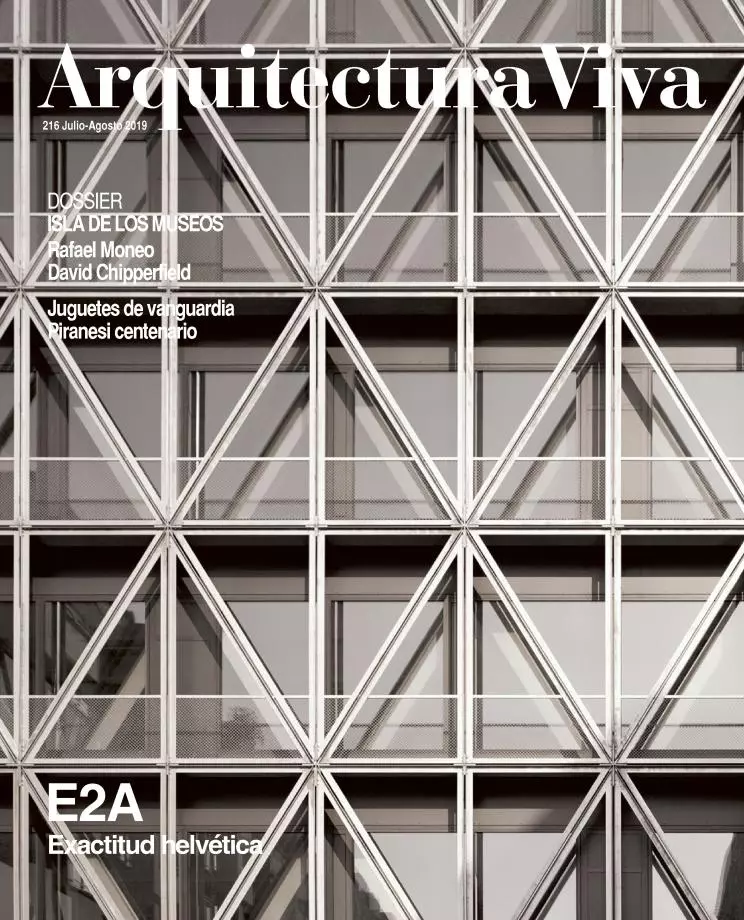
The biography is a difficult genre. Anyone daring to write one is in for a chain of musts: articulate the narrative, use firsthand material, match it up with what has already been said, have a broad view of the biographee’s field, strike a balance between empathy and objectivity, filter relevant oral history, have a gift for psychology, ensure that footnotes distinguish one’s own contributions from what comes from others, include correspondence among sources. On top of all this, the biographer will be read by a heterogeneous audience: first-time readers on the subject and people already familiar with him. Biographers are suspect, more so if personally or professionally bound to the biographees, in which case they can easily succumb to hagiography.
Ser(t) arquitecto, a biography of Josep Lluís Sert (1902-1983) by María del Mar Arnús, wife of the Count of Sert, the biographee’s nephew, poses some problems for the reader. Themes are repeated, names abound and overlap, as do colloquial expressions in the author’s tendency to include herself in accounts of her subject. The familiarity has her calling Le Corbusier ‘Corbu,’ which seems out of place. In fairness, the author shows dexterity in what concerns the family tree and class relations of the Serts. She discusses unknown early projects, transcribes an interesting letter from the Carmel de la Paix nuns, and describes the intellectual atmosphere of Locust Valley, where Sert built his first own house.
Arnús refrains from naming Sert’s enemies. In the Casa Bloc project, the foes were the “cheap houses” of the ‘dictablanca’ with whose ideology Sert refused to collaborate. The 1929 exhibition ‘Arquitectura Nueva’ was a torpedo along the water line of the Barcelona Exposition of that year. The Miró Foundation was conceived in opposition to Barcelona, and Sert’s Cambridge house against the American city; both are anti-urban… But it seems that much takes place amid inexistent harmony, as if Le Corbusier and Perriand had never quarreled. ‘Mediterraneanism’ is painted as a Sert matter, when it was ‘Corbu’ who first referred to the Paris/Rome/Barcelona/Algiers square. Sert gets credit for bringing him to Barcelona when the invitation should be attributed to others, and in truth the Swiss went to Madrid ahead. Le Corbusier ‘suffered’ in the war, when his links to the Vichy regime are common knowledge.
The author is generous and accurate in her descriptions and readings of buildings, without explaining her priorities. Some parallelisms she draws are risky, such as comparing Casa Bloc with the Unité. Certain errors could have been avoided with help from a friend or copy editor: the Utility/Durability/Beauty triad comes from Vitruvius, not Le Corbusier; the ‘Five Points of Architecture’ were put down in 1921, not 1927. Some criticism would have made a fairer text. Sert’s comments on the Parthenon, for example, are nonsense.
Again, biographies are a complex genre. Still, Arnús provides some useful material with which to build ‘just another brick in the wall.’






